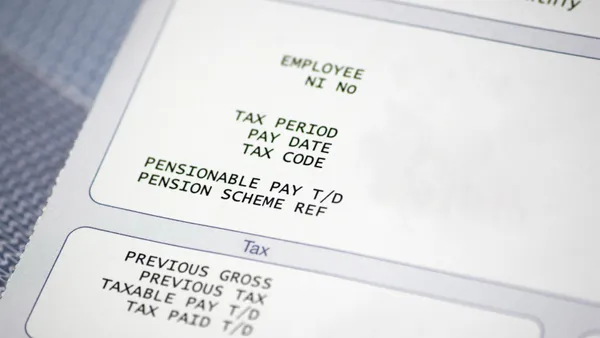Among the recent healthcare headlines that caught my attention were:
As employers know well, rising healthcare costs are all too common. Contemporaneously, the quality of healthcare in the United States has lagged other industrial nations and overall patient health has declined. Half of Americans now have at least one chronic condition, such as diabetes, more than 25 percent have two or more chronic conditions and over a third have prediabetes.
At the same time, we know where a patient lives, what they eat and whether they have transportation and a support system has a tremendous impact on their health. Research suggests medical care accounts for only 10-20 percent of health outcomes while the other 80+ percent are attributed to environmental and socioeconomic factors and individual behavior, collectively known as social determinants of health (SDoH). Other research has shown 68 percent of adults have at least one social determinant of health challenge. More than half (57 percent) have a moderate-to-high risk for financial insecurity, isolation, housing insecurity, transportation, food insecurity and/or health literacy, and 20 percent are at high-risk of a social determinant challenge.
Rising costs, declining quality and the prevalence of social determinant of health challenges are why more and more employers are turning to healthcare analytics. Savvy employers are using analytics to gain greater insight into their employee population and take action – often in collaboration with their health plan and health system – to improve the quality, cost and return on investment.
The Diabetes and Prediabetes Epidemic
Take the epidemic of diabetes and prediabetes, for example. Analytics enable an employer to determine the prevalence of diabetes and prediabetes among its employees and dependents as well as to identify social determinant of health barriers such as access to healthy food options and/or the absence of parks, playgrounds and sidewalks that may adversely impact employees’ ability to embrace the kind of lifestyle changes needed to manage diabetes and prediabetes. The employer can then choose to work with the health plan to address a population-level SDoH barrier by, for example, adding healthier options in the company cafeteria, replacing vending machines with free fruit bowls, installing fitness equipment in the workplace and hosting onsite biometric screenings.
Getting Started
Data and analytics can be intimidating to the non-user, but it’s easier than you think to get started.
- Start with your health plan(s). More health plans are improving their employer reporting, moving from paper reporting to employer portals with timely, actionable information. The savviest of health insurers have analytics tools that allow employers to compare performance across plans.
To help employers engage with their health plans about data and analytics, Geneia created a list of eight critical questions to ask, including, “Is your reporting self-service, readily understood and actionable by existing HR staff?” - Prioritize. When employers first see their health data, there is a tendency to want to boil the ocean. Almost always there is ‘low-hanging fruit.’ The most successful employers pick one or two priorities in the first year, such as out-of-network utilization, mail order pharmacy and avoidable emergency department visits.
- Collaborate with your company’s health plan(s). Even if your company’s health plan is unable to provide the kind of timely, actionable information described above, they know employers have much more ready access to employees and typically are enthusiastic about partnering to improve the rates of recommended preventive screenings and encourage in-network utilization. They also may be able to recommend benefit changes to encourage employee behavior such as seeing high-quality, lower-cost providers.
- Look ahead. Some say the Holy Grail is to identify the cohorts of employees who are likely to become sick in the next 12 to 24 months and engage them to prevent illness. Increasingly predictive analytical models are able to determine who the rising-risk employees are, and then health plans can direct tailored population health or care management resources to these employees.
For more information about how employers, physicians and health plans are using social determinants of health data to improve outcomes and costs, download Geneia’s white paper, Social Determinants of Health: From Insights to Action.










